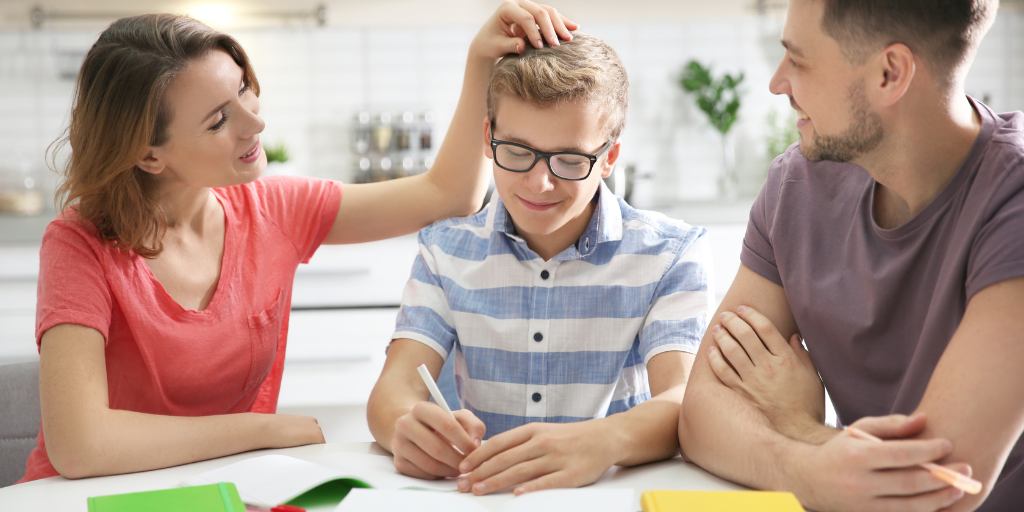
We all want to protect our kids from harm, from scary people, from the internet, from the world. But here’s the truth: we can’t protect them from everything. What we can do is prepare them with age-appropriate, empowering conversations about body safety and privacy.
As a body safety educator and author of I Said No!, I’ve helped thousands of families have tough but important conversations with young kids. But as our kids grow older, those conversations need to evolve, especially as they start exploring the digital world.
Here’s how to start and why it matters more than ever.
Body safety education is about giving kids and parents the tools to protect themselves with confidence. It means teaching children that they have rights: the right to say no, the right to set boundaries, the right to ask questions, and the right to tell and be believed.
It helps parents minimize risks by knowing that safe adults are defined not by titles, but by behaviors and how they make a child feel. Safe adults would never break a body safety rule, ask for secrets, or dismiss a child’s feelings.
When families embrace body safety, they create a foundation of trust, communication, and prevention that helps keep kids safe.
Instead of jumping into scary topics, meet kids where they are by asking curiosity-driven, scenario-based questions. You can adapt these questions based on their age and maturity level. The way you’d phrase these questions would be different for a child in elementary school or middle school.
These help them think ahead, identify red flags, and feel confident saying no or asking for help. Try questions like:
You can also introduce household tech boundaries early:
These aren’t “big talks.” They’re small, daily moments of connection that normalize communication — and build safety skills long before your child needs to use them.
Did you know? BrightCanary monitors every app your child uses, from Roblox chats to Instagram direct messages, and alerts you in real time if they send anything concerning.
Sit down as a family and create a digital device contract together. This contract should include:
The best time to create your online safety plan is before they get their first phone, tablet, or even email address. The second best time is now.
To make it even more official, post your digital device contract somewhere highly visible at home, like on the fridge. Visual reminders matter.
Kids need to understand what online danger looks like in ways they can recognize and respond to. Even at a young age, you can explain:
You don’t have to give them nightmares — just tools. When you’re talking about how to respond to these warning signs, use the I Said No! Model of Think, Say, Do. When kids use independent and creative thinking to generate solutions to problems, they are more likely to remember.
For example: Let’s say a stranger online asks your child to send them a nude. What should they think, say, and do?
THINK: Red Flag! My body is private and nobody is allowed to see it, or to ask for
pictures of it. Also, this is not a friend I know in real life. Online “friends” are not safe. Friends don’t break body safety rules. This online friend is dangerous.
SAY: No!
DO: Take a screenshot of the question. Tell your mom right away. But what if you already sent a picture to your online friend and she sent one to you? And now you feel embarrassed and worried that your parents will be mad? Make sure to tell your mom or dad right away. Your parents love you and will help you, no matter what!
Maybe you’re thinking: “My child is in 6th grade and we haven’t had these talks yet.”
Here’s the good news: it’s never too late. These conversations don’t have to be perfect. They just have to begin.
Here’s how:
Predators are clever, and they use whatever tools are available to reach kids: YouTube comments, Discord, Spotify, Roblox, even educational apps.
That’s why prevention starts with people.
When we have these conversations, we don’t just protect our kids — we empower them. We teach them that their voice matters, their body belongs to them, and they deserve to feel safe in every space, on and offline.
Kimberly King is a best-selling author, kindergarten teacher, and body safety educator who helps families talk about tough topics with less stress and more confidence. Pre-order the 2025 edition of I Said No! today.